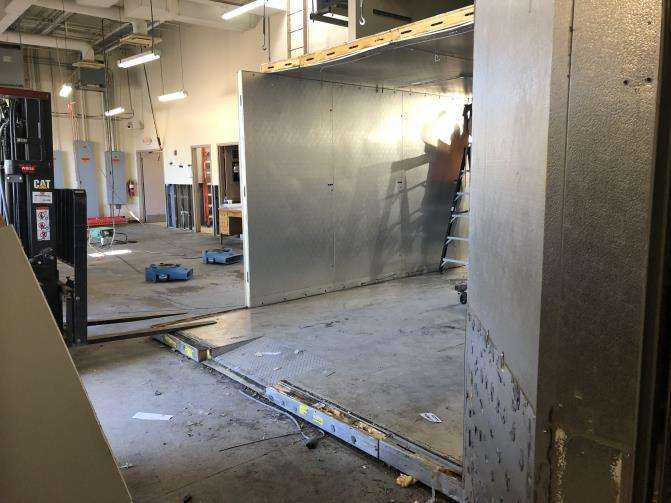Facts About Water Damage Restoration: Flood Cleanup & Repair Service Uncovered


Flood Damage Restoration Volume II - Technical Procedures - Restoration & Remediation Magazine
Not known Details About Step by Step Water Damage Restoration Guide » Total Care

Cleaning up need to constantly be performed by professionals trained in the safety and sanitization requirements of water-damaged houses. More Discussion Posted Here may take numerous kinds, consisting of: Spray and clean cleaning Dry cleaning Wet cleaning Remediation specialists might also use foam, abrasive or immersion cleaning methods to ensure every item is cleaned as thoroughly as possible.
Professionals have actually specialized personal protective equipment (PPE) for cleaning possibly harmful products, consisting of N-96 respirators, protective gloves and water resistant clothes. At this phase, restoration professionals likewise dispose of any broken products that were removed during the cleansing phase. Step 5: Total Restoration The final step of the remediation process is remediation.

Flooded Basement Cleanup - Water Removal and Damage Restoration Services
Any products that were permanently harmed or gotten rid of will now be fixed or replaced. Restoration projects may be simple or extensive, depending on the quantity of irreversible damage that occurred. In some cases, repair can require relatively basic repair work, such as drywall repair or carpet cleaning. In others, repair work is substantial and will require total reconstruction on parts of your home.
6 Simple Techniques For Emergency Property & Water Damage Repair - United States
However if you have 4 or five inches of water, you'll require a wet/dry shop vacuum. If you have a burst basement pipe, you'll likely need a pump. As soon as you extract the water, you'll need to take some other actions to ensure you do not experience structural damage or mold growth.
Open all doors and windows to help air distribute through the affected area. Air will help to lower your indoor humidity, and will assist any remaining water vaporize faster. You should also have lots of fans and dehumidifiers to assist dry the area as quickly as possible. After you have actually dried the location, it will be time to decontaminate and clean.

5 Questions You Should Ask Your Flood Repair Professional
Then, utilizing a mix of 1 gallon of water per 1 gallon of bleach, decontaminate the location also to kill any pathogens that might be growing. Let the mix sit for about thirty minutes and after that mop it up. This will be the most involved action of DIY water damage restoration.
